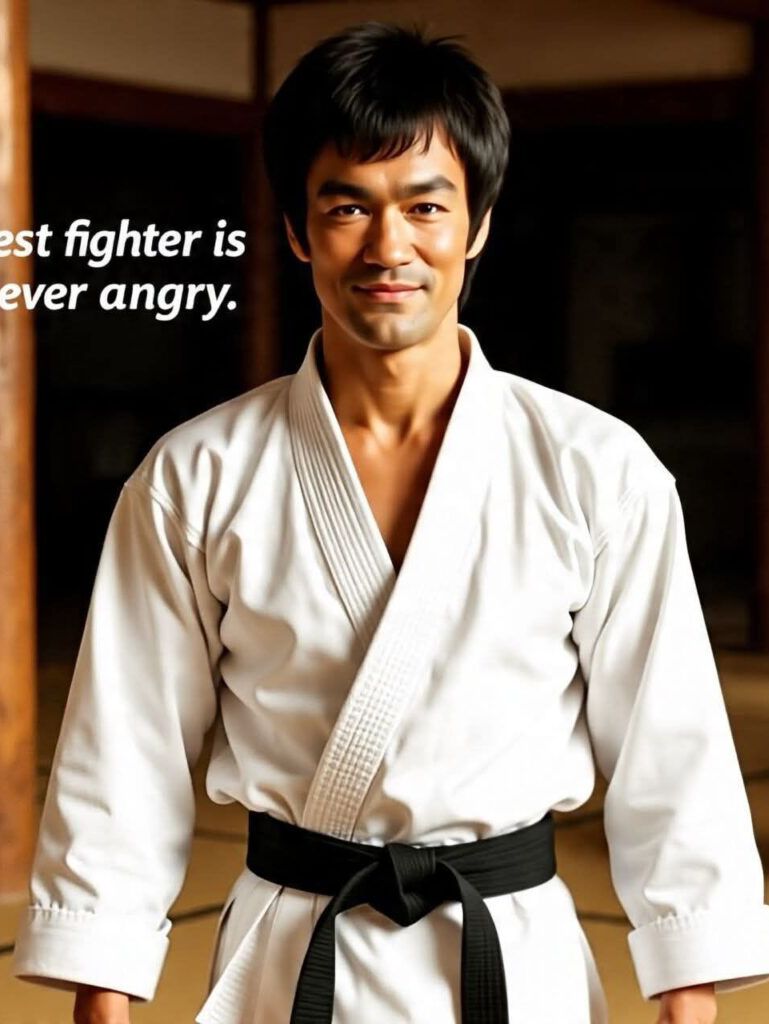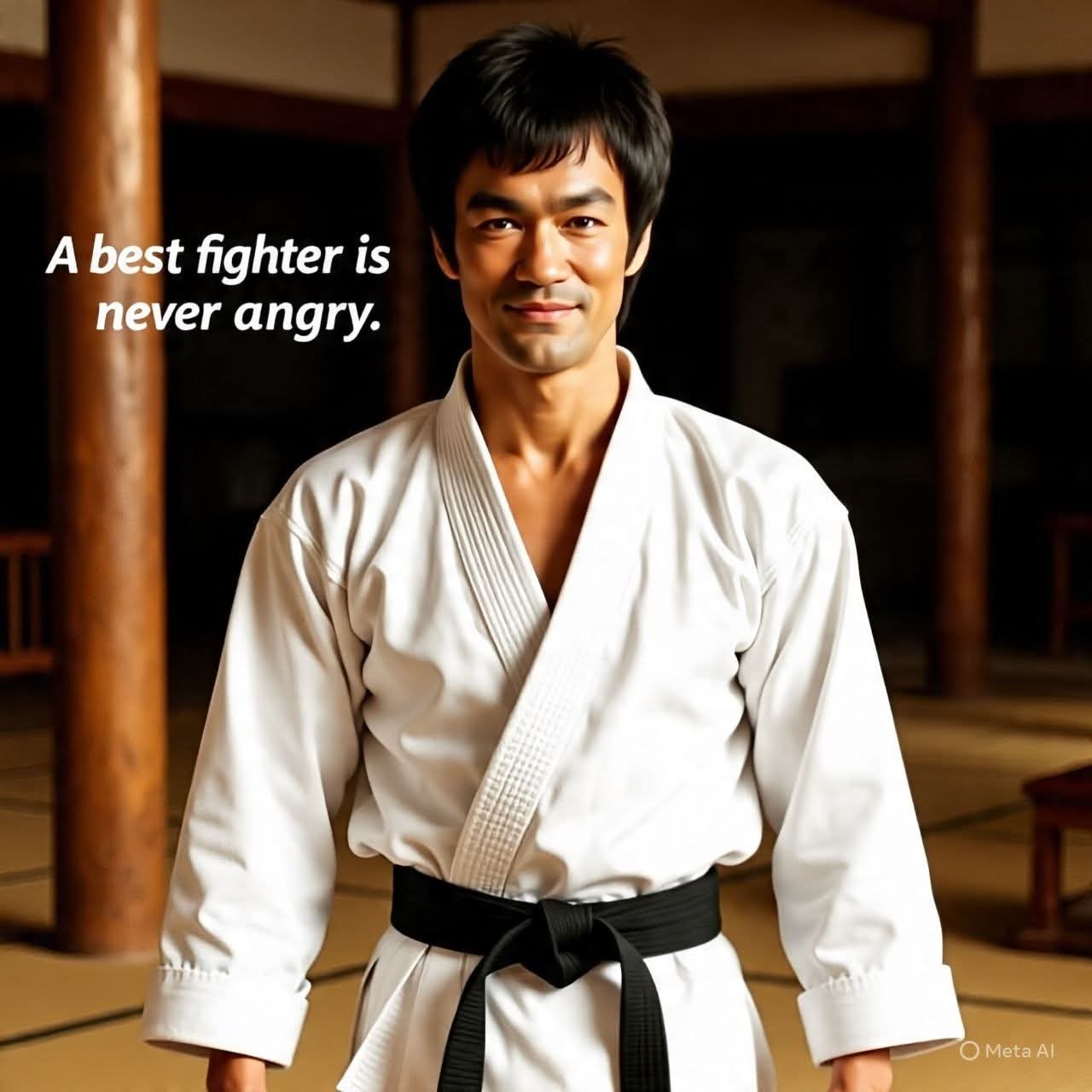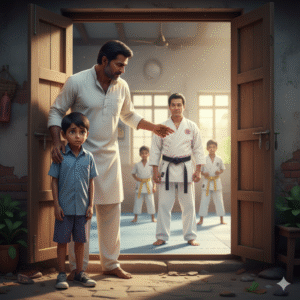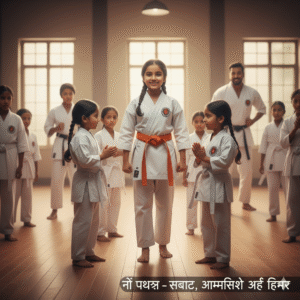The idea that a great fighter is never angry is an ancient martial philosophy emphasizing that true mastery comes from control, not rage. This principle is not literal—no human is without emotion—but it highlights the critical difference between raw aggression and tactical, controlled aggression.
The drawbacks of fighting with anger
Clouds judgment: Anger leads to reckless decisions and a lack of clear-headed strategy. World champion boxer Floyd Mayweather Jr. noted, “If you fight angry, you make a lot of mistakes”.
Wastes energy: An angry fighter often throws wild, energy-sapping strikes that are easily countered by a calmer opponent. A controlled fighter, by contrast, dictates the pace and conserves energy.
Causes tunnel vision: The rush of adrenaline and emotion can narrow a fighter’s focus, making them miss critical openings or weaknesses in their opponent’s defense.
Enables manipulation: An opponent who knows a fighter is prone to losing their temper can bait them into making mistakes. As the philosopher Epictetus observed, “Any person capable of angering you becomes your master”.
The power of controlled aggression
While uncontrolled rage is a weakness, elite fighters often channel their emotions into a focused, deliberate aggression that is a potent weapon.
Enhanced focus: When channeled properly, a fighter’s aggression turns into a laser-like intensity and determination to win.
Tactical pressure: A fighter can use controlled aggression to increase their reaction speed and overwhelm an opponent, forcing them into a defensive mindset. This is a tactic famously used by fighters like Mike Tyson and Khabib Nurmagomedov.
Psychological warfare: A fighter who remains calm and composed in the face of an opponent’s aggression can be deeply unsettling. This calm demeanor signals confidence and can break an opponent’s spirit.
A synthesis of calm and aggression
The most effective approach for a fighter is not to eliminate emotion entirely but to master and use it strategically. The ultimate goal is to remain calm on the inside while leveraging controlled aggression on the outside.
As martial arts instructors often explain, “it’s possible to fight with aggression while being calm, but the trick is being able to stay calm and still fight with ferocity”. This mastery of both mind and body is what separates a good fighter from a great one





